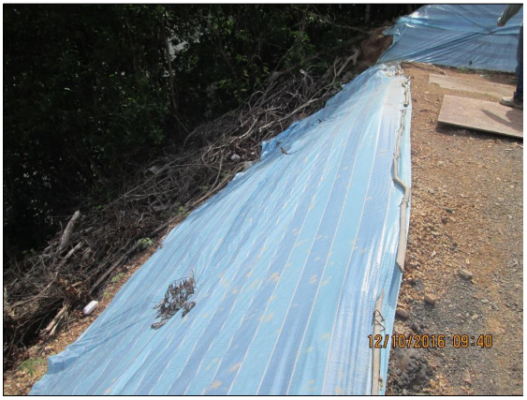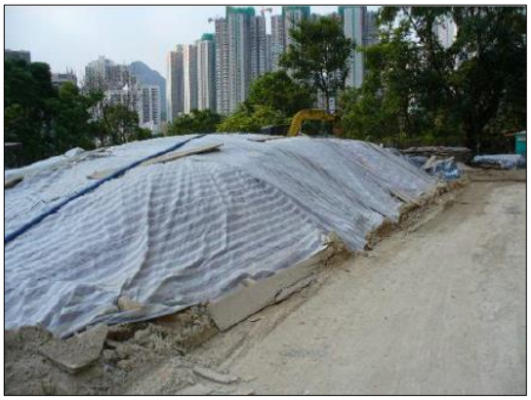HOME / ISOMETRIC MAP / SENSITIVE OR PROTECTED AREA / WASTE MANAGEMENT / 2.0 CONTROL OF SURFACE RUNOFF AND WATER QUALITY POLLUTION
2.0 CONTROL OF SURFACE RUNOFF AND WATER QUALITY POLLUTION
1. Refer to the EIA/PMM, AEC/MD and latest mitigation measures map approved by the EPD. Check and identify:
i. Runoff management and sediment control facilities i.e., temporary earth drains, check dams, silt fences, silt traps and sediment basins etc., to be provided at the site.
ii. Specifications, locations and sequences in the provision of runoff management and sediment control facilities.
2. Construct runoff management and sediment control facilities at the site prior to carrying out earthwork activities. Below are general sequences for providing the facilities.
i. Mark site and/or buffer boundaries based on SOPs detailed in Environmental Condition: Control of Site Development.
ii. Construct temporary perimeter earth drains and sediment basins prior to carrying out earthwork activities. Refer to Figure 5.
iii. Connect temporary earth drains to the sediment basin to divert all surface runoff into it.








